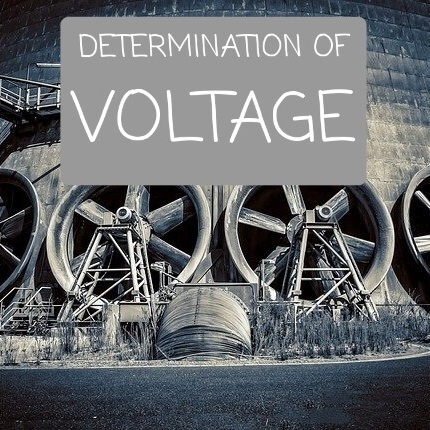The Economic Choice of Transmission Voltage – One day, I was teaching about transmission lines in a class. Then a student asked me a question, “Sir, how does the PGCB (Power Grid Company of Bangladesh) fix the transmission voltage as 132, 230, or 400 KiloVolt?” The question was logical. The economic choice of transmission voltage is currently based on some factors. Behind the determination of transmission voltage there are some factors:
- Load
- How much distance the transmission line cross or the length of the transmission line
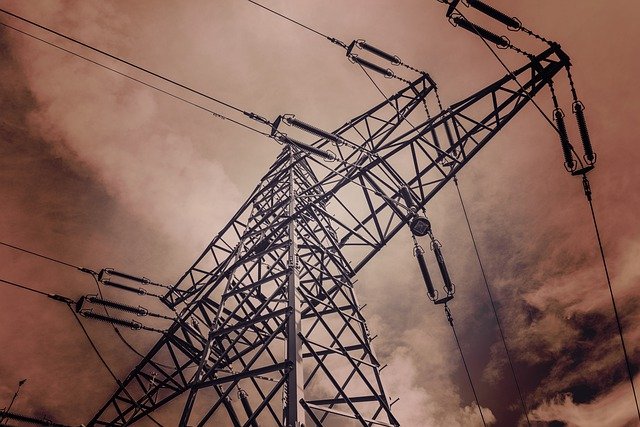
Now, depending on these two factors the Cable Research Handbook Transmission Voltage has provided a formula. The formula is:
Transmission Voltage = 5.5 √(km/1.61 + Load in KVA/150)
Now, let us find out the voltage of a 50 MVA, 100 km long transmission line.
Power = 50 MVA = 50,000 KVA, Length = 100 km, Transmission Voltage = 5.5 √(100/1.61 + 50,000/150) = 109.3 kV
As a result, the voltage of a 50 MVA, 100 km transmission line is 109.3 kV.
Comparison between a 132 and 230 KiloVolt | Economic choice of transmission voltage
Height:
The height of a 132 KiloVolt transmission line is 50 feet to 100 feet. Again, as for a transmission line of 230 KiloVolt, the height extends from 100 to 150 feet.
The number of insulators:
In both the 132 and 230 KiloVolt transmission line, a suspension type insulator is used. Moreover, in a 132 KiloVolt transmission line, there is a use of 6 insulators. Whereas, in a 230 KiloVolt transmission line 12 insulators are used.
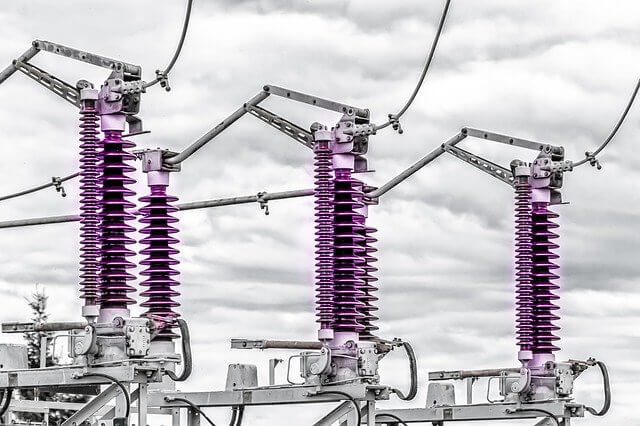
The calculation of the insulator used for the economic choice of transmission voltage
For a certain amount of voltage used in a transmission line, the number of insulators is,
kV/11√3
For a transmission line with 132 kV voltage, the number of insulators is,
132/11√3 = 6
For a transmission line with 230 kV voltage, the number of insulators is,
230/11√3 = 12
Now, it is to be mentioned that to convert the line voltage to phase voltage it is divided by root three. And, the voltage capacity of every suspension type insulator is 11 KiloVolt.
The size of a wire
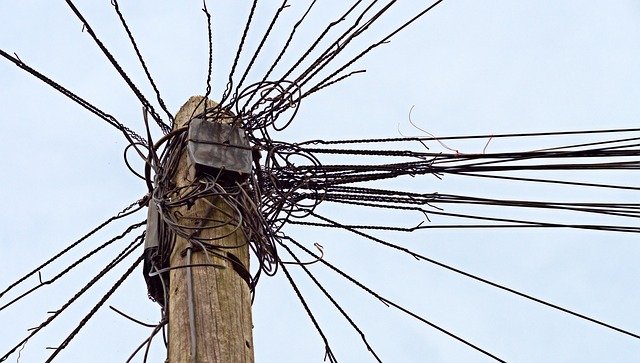
From the relation of power, voltage, and current, we know,
P = IV
As a result, for a certain amount of power, the current of the 132 KiloVolt transmission line is more than the 230 KiloVolt transmission line. Thus, the size of the wire of a 132 KiloVolt transmission line is more than the 230 KiloVolt transmission line.
System loss/Corona loss | Economic choice of transmission voltage
What is the Corona effect and how it is produced?
We know the air is not a perfect dielectric or in simple language air is not the perfect insulator. Simply, corona is an effect in which due to ionization of air around the conductor a violet glow and humming noise along with the ozone gas produces.
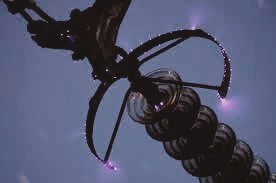
From the transmission line loss formula, we know,
Transmission Line Loss = i2R
The current of a 132 KiloVolt transmission line is more than the 230 KiloVolt transmission line.
As a result, the system loss of a 132 KiloVolt transmission line is also more than the 230 KiloVolt transmission line.
Ability to ionize air

The pressure of the electromagnetic field in the 230 KiloVolt is more than the 132 KiloVolt transmission line.
As a result, the 230 KiloVolt transmission line can very easily ionize the air. And if the line space between the two conductors is not right, the air can be ionized very easily.
Humming effect
If in a transmission line, the pressure created by an electromagnetic field is more, then the surrounding air becomes ionized and creates a spark. As a result, a squeaking sound is heard. In short, this effect is termed the humming effect. Again, the electromagnetic field pressure is more in the 230 KiloVolt transmission line than the 132 KiloVolt transmission line.
As a result, there is more possibility of a humming effect in the 230 KiloVolt transmission line.
Check more articles –
